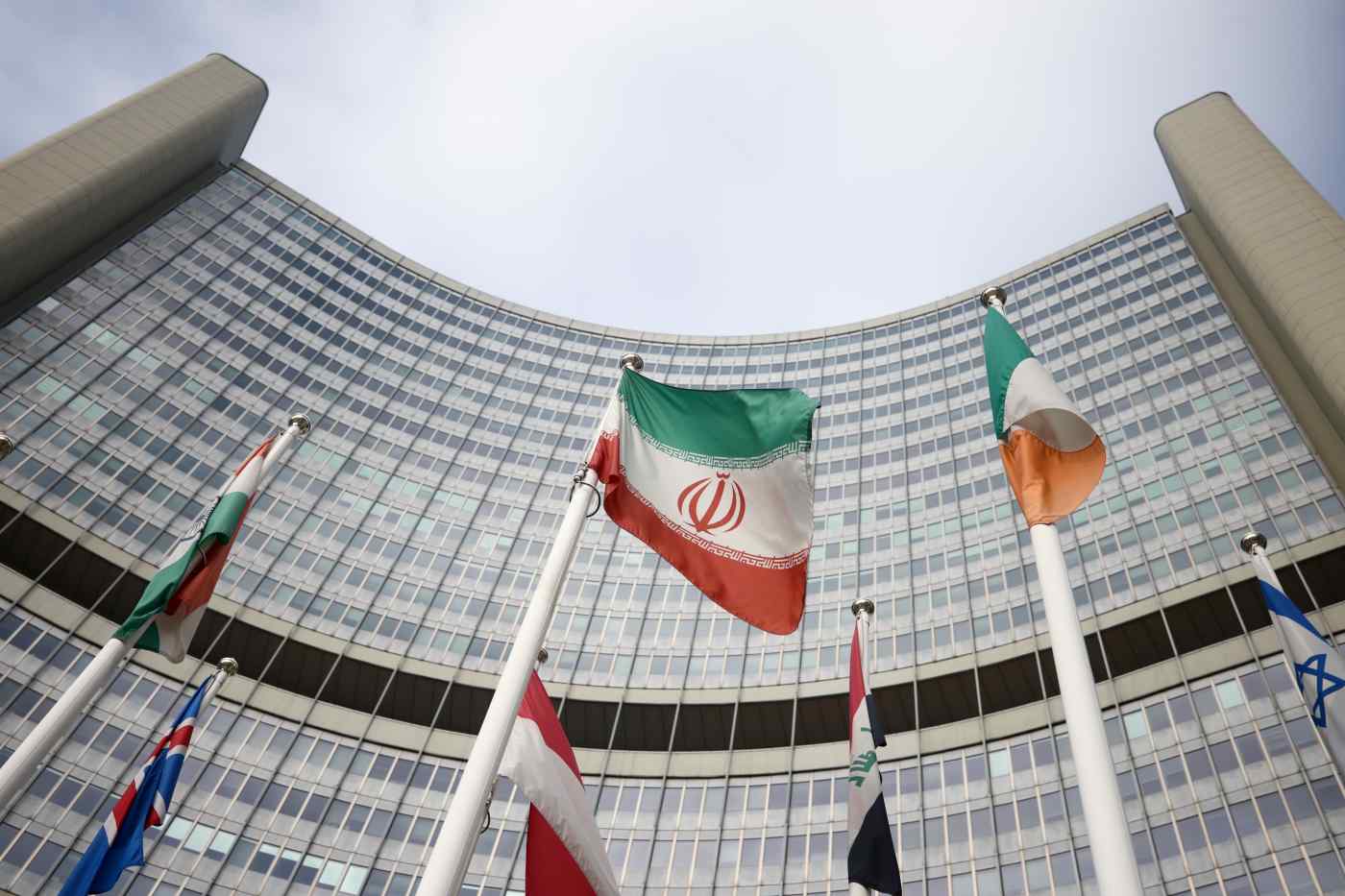Iran and the International Atomic Energy Agency in a joint statement announced the details of their recent agreement on clarification of outstanding safeguards issues about the country’s nuclear program.
During a visit to Tehran by IAEA chief Rafael Grossi on Saturday, the Atomic Energy Organization of Iran and the Vienna-based agency agreed to accelerate and strengthen their cooperation and dialogue aimed at addressing the questions.
The global nuclear watchdog has been investigating into nuclear material that it suspects Iran failed to declare.
The agency claims to have found particles of processed uranium at three apparently old sites that Iran never declared and has repeatedly said Tehran has not provided satisfactory answers.
According to the joint statement published on the IAEA’s website, the AEOI has agreed to provide the agency with written explanations, including related supporting documents, about the three locations no later than March 20, 2022.
The IAEA will then review the received information within two weeks and submit any further questions to the AEOI.
Within one week, the IAEA and the AEOI will hold separate meetings for each of the three locations in Tehran to address those questions.
Finally, the director general “will aim to report his conclusion by the June 2022 Board of Governors” meeting which begins on June 6.
At the same time, the agency has removed from its list a fourth open issue regarding the alleged presence in the past of a uranium metal disc at another undeclared site.
The IAEA chief said what they are looking for is not in that location and it is not possible for Tehran to prove its existence or non-existence.
“So at this stage, there is no reason to pursue this matter,” he told reporters in Vienna, according to IRNA.
In a confidential report sent to member states after Grossi’s return and seen by Reuters, the IAEA said it had informed Iran that “this issue could be considered as no longer outstanding at this stage,” adding that the agency “could not exclude that the disc had been melted, re-cast and may now be part of the declared nuclear material inventory.”
Loose Relationship
The issues with the three locations have been an obstacle in the way of efforts to revive the 2015 nuclear deal, known as the Joint Comprehensive Plan of Action.
The agreement, which offered sanctions relief to Tehran in return for curbs on its nuclear program, has been unravelling since the United States pulled out and reimposed tough sanctions, prompting Iran to roll back on its commitments.
Indirect negotiations have been underway in the Austrian capital Vienna since April to work out how both sides can resume compliance.
A sticking point, among others, has been Tehran’s demand for the closure of the IAEA investigation into the alleged uranium traces, while western powers argue that this is a separate issue to the deal, to which the IAEA is not a party.
Grossi said in a press conference in Tehran that if Iran and the agency do not have an understanding about these safeguards issues, realizing a comprehensive agreement like the JCPOA would be unimaginable.
“It would be difficult to imagine you can have a cooperative relationship as if nothing had happened if the clarification of very important safeguards issues were to fail,” he later told reporters in Vienna, Reuters reported.
AEOI head Mohammad Eslami said in his joint press conference with Grossi that “the alleged cases must be closed forever and no longer cause trouble for the Iranian people.”
He added that the issues are set to be settled before the JCPOA’s “Reimplementation Day”, like the cases which were closed before the deal was signed back in 2015.
Reimplementation Day is a postulated date by which the JCPOA would be back in place, around one to three months after a basic agreement is reached in Vienna.
Grossi also suggested that the presentation of his conclusion would happen before the Reimplementation Day, even though they are officially unrelated.
“It is obvious that for Iran it is important to try to have the processes I wouldn’t say running in absolute synchronicity, but there is a sort of a loose relationship,” he said when asked if the three-month timeframe of the agreement was based on the timing of Re-Implementation Day.


